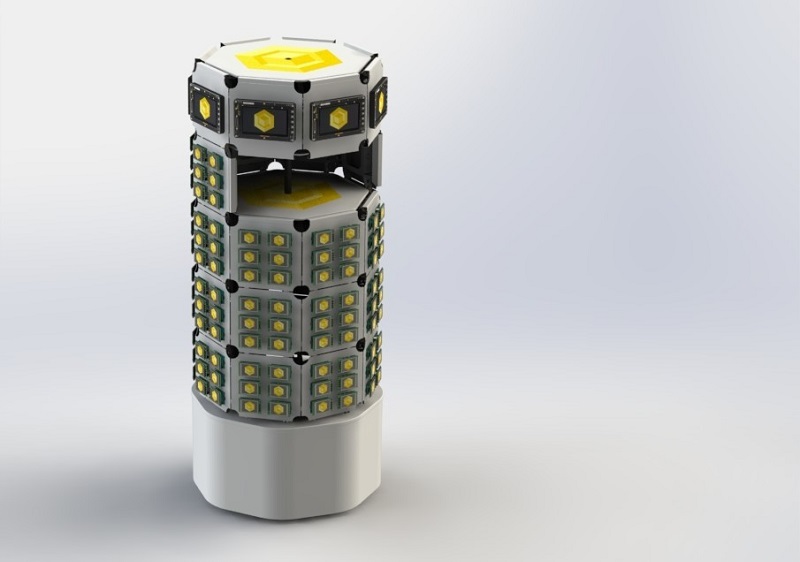Long ago the developers of the Resin.io development framework went to work to create their Beast v1, a cluster with 120 Raspberry Pi connected and prepared to work together. That project led to the creation in 2015 of Beast v2, which had 144 of these miniPCs, and now have returned to give us the surprise with Beast v3, a cluster that wants to be even more shocking.
The final appearance of Beast v2 was overwhelming: a huge cylinder 2 meters high and almost 150 kg in weight that were grouped together 144 Raspberry Pi2. The project was completed in August and was delivered to a customer in the industrial area for use in various types of demo. Now they want to go further with a much more efficient design that will result in Beast v3.

Image Source: Google Image
Beast v3 wants to be smarter than its predecessor
As they explained in the blog, during the development of Beast v2 they learned a lot, and that has allowed them to understand that although the size of this last project was remarkable, “it did not have the elegance of Beast v1.”
That’s why in Beast v3 the “tiles” in which Raspberry Pi are encapsulated are denser and offer less space between each device. The idea: get them to fit the maximum number of units possible in the final design.
In the new design they want to achieve a certain modularity to be able to take the Beast v3 from one side to another more easily, being able to remove and put those tiles more easily and going to a more flexible power configuration.
You may also like to read another article on Lab-Soft: A USB device is all that is needed to steal a computer password
Supercomputing in small format
This team of engineers is already working on that design but it is also doing it openly, sharing the project and progress continuously through the Gitter platform. It is there where anyone can suggest changes and improvements and check the evolution of the construction of a cluster whose final appearance is yet to be determined.
As explained by those responsible for this project, the practical use of these types of systems is limited, because the power of these plates makes there are more interesting alternatives if what you are looking for is pure process power. The purpose of this demonstration team is to study that management of a large number of devices.
However, they are a particularly good way of investigating how clusters behave with a large number of connected machines, something that can be very useful for more advanced projects that are currently used in the field of supercomputing.


